Top 5 benefits of using Acrylic sheets for interior design
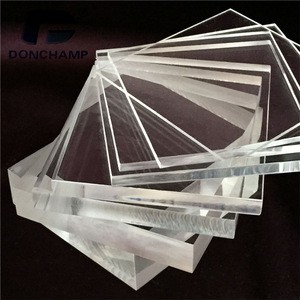
Acrylic sheets have become a game-changer in the world of interior design, offering a perfect balance of aesthetics and practicality. Whether you’re redesigning your home or creating a sleek commercial space, acrylic sheets provide countless advantages that outshine traditional materials like glass. Let’s dive into the top 5 reasons why acrylic sheets are the superior choice for modern interiors. 1. Unmatched Durability and Safety Acrylic sheets are incredibly durable and shatter-resistant, unlike glass, which can break into dangerous shards. This makes acrylic the ideal choice for spaces where safety is a priority, such as children’s rooms, retail stores, or offices. Their resilience ensures they stand up to daily wear and tear, keeping your interiors looking pristine for years. 2. Lightweight and Easy to Install One of the biggest advantages of acrylic sheets is their lightweight nature. They’re significantly lighter than glass, making transportation and installation much easier. Whether you’re creating partitions, decorative walls, or custom furniture, the reduced weight means less hassle and lower costs for installation. 3. Creative Flexibility with Colors and Finishes Acrylic sheets come in a wide range of colors, textures, and finishes, allowing for endless creative possibilities. Whether you’re aiming for a high-gloss, transparent look or a bold, vibrant finish, acrylic sheets can achieve it all. They can even mimic the appearance of frosted or stained glass, offering luxury without the expense. 4. Easy Maintenance and Long-Lasting Beauty Acrylic is known for its low-maintenance qualities. Its smooth, non-porous surface makes it resistant to stains and easy to clean—just a quick wipe keeps it looking brand new. Plus, its UV resistance ensures it won’t yellow or fade over time, making it perfect for areas exposed to sunlight. 5. Cost-Effective Alternative to Glass Why break the bank with glass when acrylic offers the same stunning, glass-like appearance at a fraction of the cost? Not only is it affordable upfront, but its durability also means fewer replacements and repairs in the long run, making it a budget-friendly option for both residential and commercial projects. Discover the Acrylic Advantage! Ready to elevate your interiors with a material that combines beauty, practicality, and affordability? Explore our range of acrylic sheets today and see why they’re the top choice for modern interior design. Make the switch from glass to acrylic and experience the difference for yourself!
What kind of drill bit is used for plexiglass?
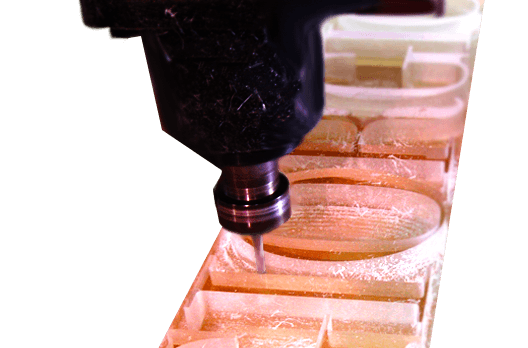
What kind of drill bit is used for plexiglass? Plastic drill bits can drill through plastic. These metal drill bits have ground flukes with 90 degree points and 0 degree rake. Plastic drill bits shave or scrape plexiglass, acrylic or plastic away layer by layer. These bits come in a variety of diameters at home improvement or hardware stores. If you are unable to find them locally, many online retailers sell them. Plexiglass is a clear, plastic, lightweight alternative to glass. Drilling holes in plexiglass can be challenging. Often the traditional drill bits, used for metal and wood, chip and crack it while drilling through its surface. Specialty drill bits prevent the cracking and chipping. You can also alter traditional drill bits to work better with plexiglass.
What glue do you use to stick acrylic to wood?
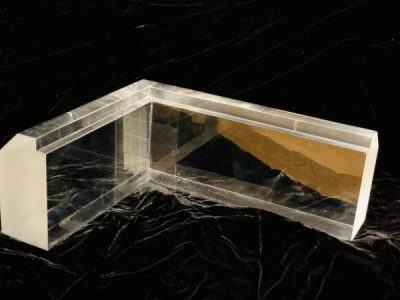
A clear-drying epoxy glue. Note that not all epoxies are equal. In a general sense they can glue acrylic materials together with ease.
What screws to use with plexiglass?
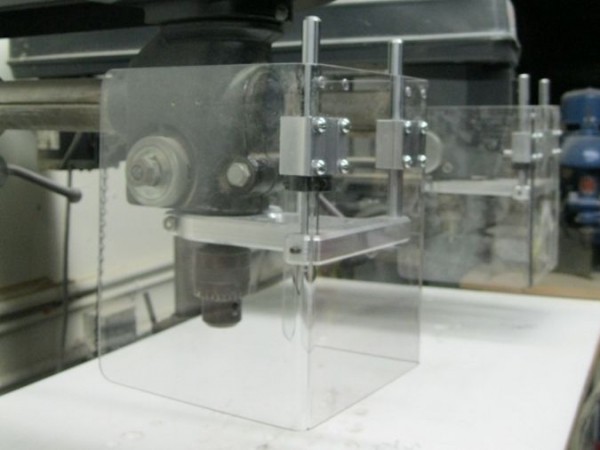
First, determine the correct screw size to use. Start by drilling a small pilot hole with a low-diameter drill bit. Gradually increase the drill bit sizes until you reach your desired diameter. Drilling a pilot hole and immediately switching to a large drill bit can crack the plastic.
Is PVC and acrylic the same?
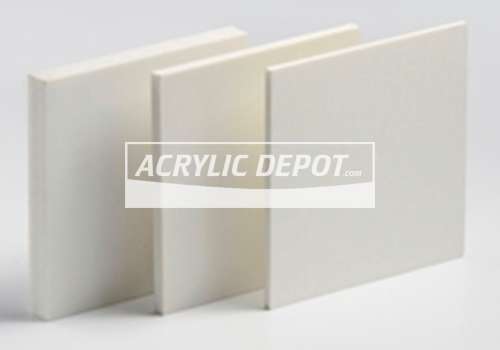
PVC Acrylic PVC and Acrylic are not Similar. Polyvinyl carbonate (PVC) is a strong thermoplastic material commonly used for manufacturing different parts of instruments like insulation of cables, pipes, medical equipments, wire, etc. PVC and Acrylic serve distinct purposes in various industries due to their unique properties. PVC is the world’s most produced synthetic polymer plastic. This material shows great performance while being used for manufacturing other materials or tools. However, this has some disadvantages too. It is not heat-resistant. You need to be careful while machining a PVC plastic because this can resist heat up to 84° C. However, the durability and quality of PVC plastics in building materials are worth appreciation. Acrylic is an extremely transparent kind of plastic. It has low turbidity, is easy to process, and is also good at withstanding high temperature. It can stand up to strong ultraviolet sunlight exposure and is able to resist solvents and chemicals. Acrylic plastics do not tend to yellow or weather around the edges and are shatterproof as well. The weakness of acrylic is poor impact resistance, but it can also be improved in order to meet a request for production. In summary, while both materials are versatile, their distinct properties highlight that PVC and Acrylic are not similar.
What’s an acrylic mirror?
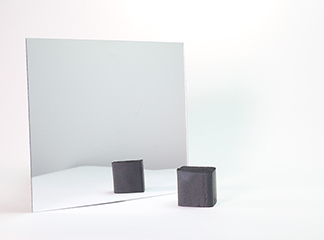
Acrylic Mirror is lightweight, making it easy to deliver and install. It is a preferred choice for schools, hospitals, and homes with young children where safety is essential. Traditional mirrors are often made from glass, but acrylic mirrors are now a popular alternative. They are durable, high-quality, and can be shaped into decorative pieces using modern technology. Acrylic is stronger and more impact-resistant than glass. It is also cost-effective, lightweight, and requires minimal maintenance, making it a versatile option for various applications.
Does plexiglass insulate better than glass?
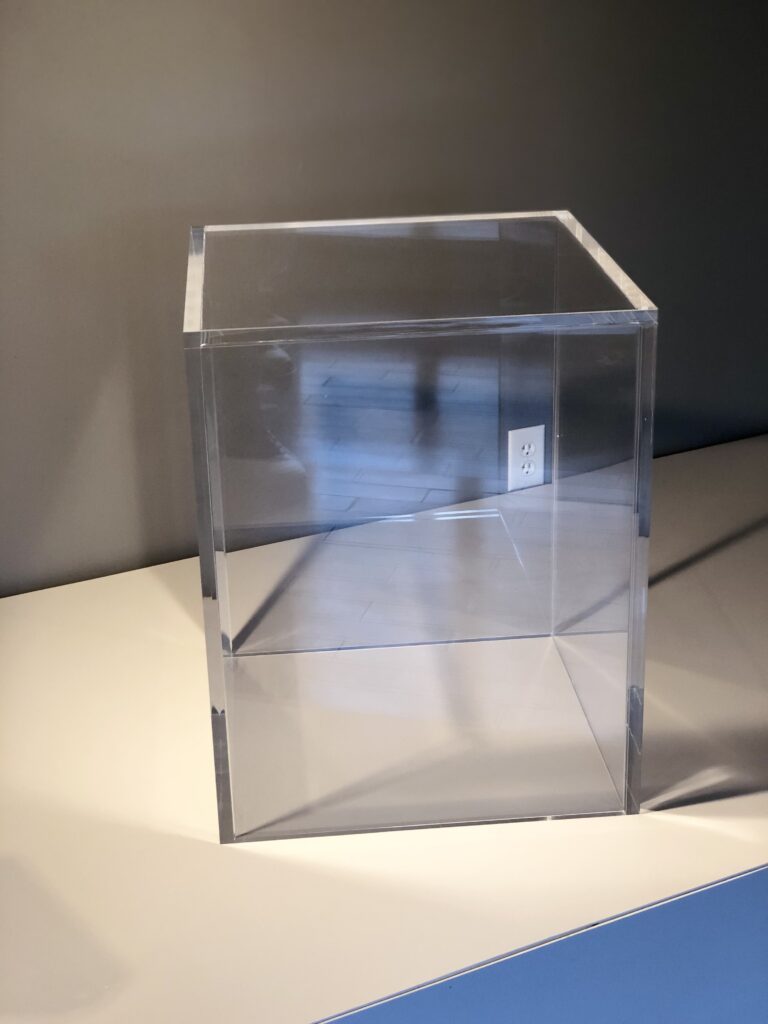
Glass generally insulates better than plexiglass. While plexiglass is lighter and more durable, its ability to insulate is lower compared to glass. To match the insulating properties of glass, plexiglass sheets would need to be much thicker. Therefore, in comparison, a standard sheet of glass provides better thermal insulation than plexiglass. However, for applications where weight, impact resistance, or clarity are more important than the ability to insulate, plexiglass remains a popular choice.
Does acrylic float in water?
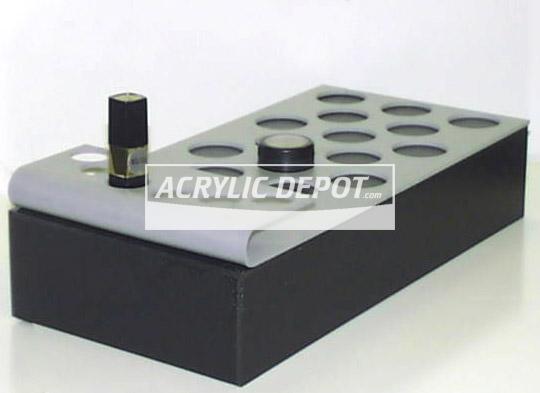
Acrylic float is big and hollow inside, if they’re really solid. If they’re big Piece and they’re floating, they’re probably hollow. If they’re little piece, then the problem is surface tension. Acrylic is not very well wetted (that is, the water doesn’t like to touch it), so small pieces are light enough that they won’t push their way into the water. If you still want to use small pieces, look for little pellets or beads.
How heavy is acrylic?
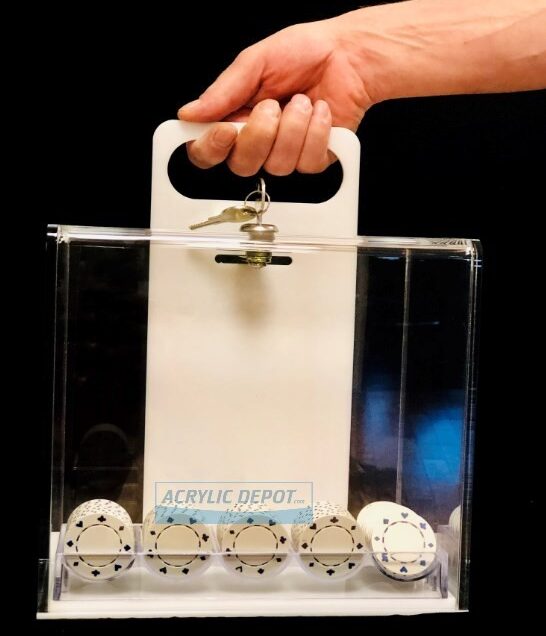
How much do the acrylic sheets weigh? Acrylic weight depends on their thickness and total area of sheet. If sheet is more than half inch thick and 4′ x 8′ area then it is heavy to lift by a person. Inch Millimeter Cast, Extruded & Abrasion Resistant Acrylicweight per square foot 1/16”(.060”) 1.5 0.365 5/64”(.080”) 2.0 0.471 1/10”(.098”) 2.5 0.582 1/8”(.118”) 3.0 0.694 3/16”(.177”) 4.5 1.071 1/4″(.236”) 6.0 1.424 3/8”(.354”) 9.0 2.136 1/2″(.472”) 12.0 2.879 3/4″(.708”) 18.0 4.322 1”(.944”) 24.0 5.759
Is acrylic as clear as glass?
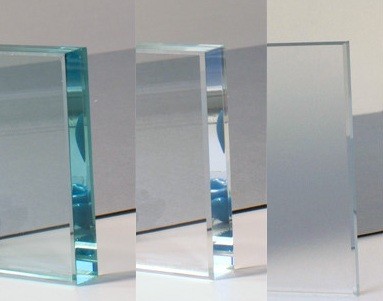
Acrylic is clear as glass, and in some cases, even clearer. It admits up to 92% of light, making it optically superior to standard glass. Unlike glass, acrylic remains crystal clear even at thicknesses of up to 33cm, without the greenish tint often seen in glass. In addition to its clarity, acrylic is lighter and more durable than glass. Its resistance to UV light ensures it won’t yellow over time, making it a reliable and long-lasting alternative to glass for various applications.
